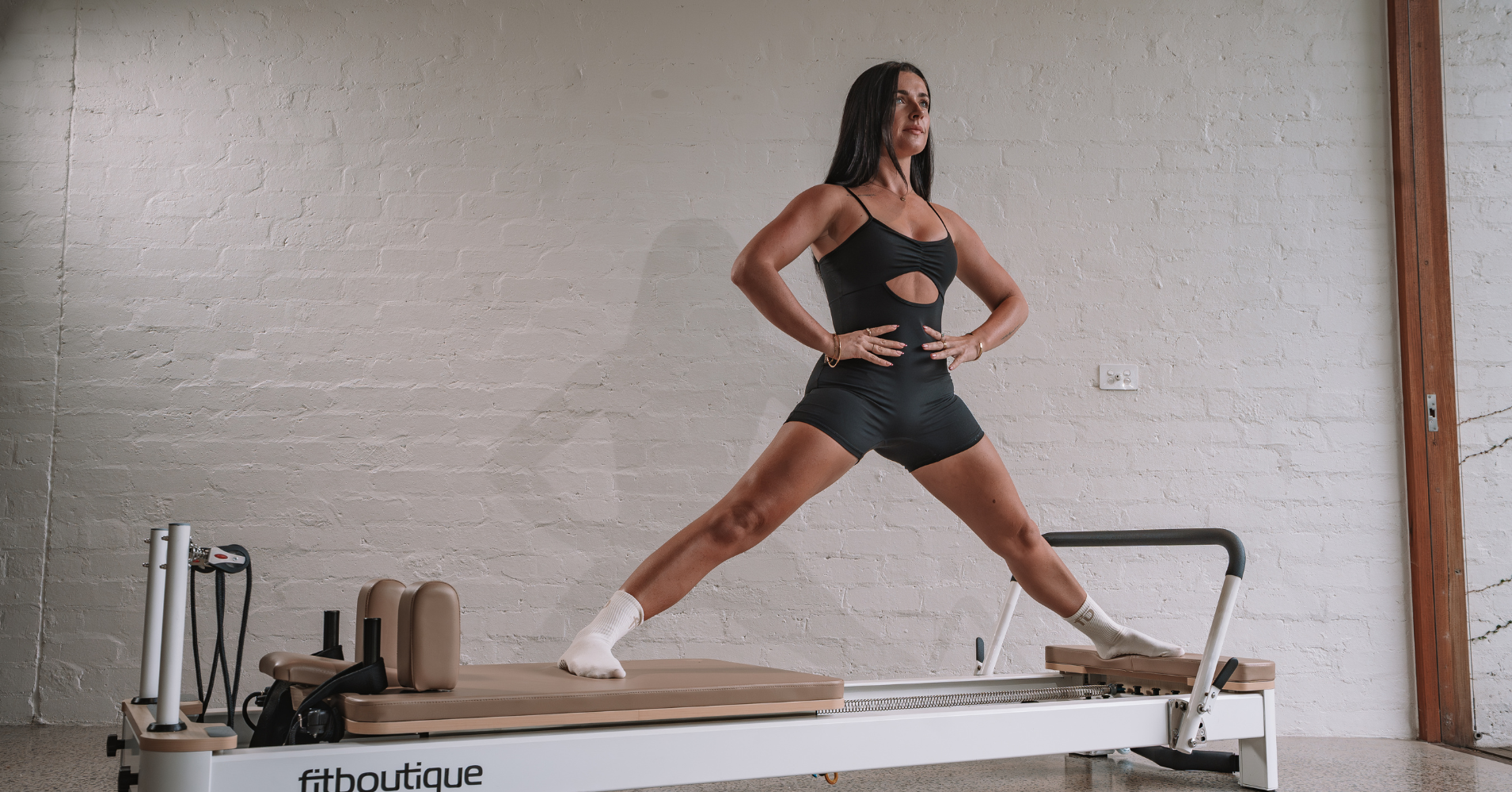
How soon will you notice a change?
You’ve just started Reformer Pilates.
You’re consistent, committed, and curious.
So when will your body change?
The answer depends on how often you train, how well you move, and how your body adapts.
But there is a timeline.
Let’s break it down.
After Your First Few Sessions
What can you expect right away?
-
You’ll feel taller
-
Your posture will shift
-
You might feel sore in places you’ve never felt before
Reformer Pilates targets small stabilizer muscles.
Glutes. Core. Lats. Obliques.
Machines like the Onyx Fold Reformer or Reformer Pilates Machine help you isolate and activate these muscles with precision.
Even one session can leave you feeling more connected to your body.
You won’t look different yet—but you’ll feel different.
2–3 Weeks: Subtle Shifts
Training consistently 2–4 times a week?
By week three, you may notice:
-
You sit and stand straighter without effort
-
You feel more balanced and stable on your feet
-
Movements that once felt awkward now feel easier
You’ll start to trust your core.
Your body awareness improves.
You might even breathe differently—deeper, slower, more controlled.
Still no major visual change. But progress is happening.
4–6 Weeks: Strength, Tone, Posture
This is when others might notice.
Your muscles don’t just feel stronger—they start to look stronger.
Common changes:
-
Firmer glutes and thighs
-
A flatter, more controlled midsection
-
Better posture from shoulders to hips
This stage often surprises people.
They realize their lower back hurts less.
They move with more control.
And clothes fit a little better.
A well-made reformer like the Onyx Reformer helps lock in these gains with consistent spring resistance.
6–8 Weeks: Visible Change
The 6–8 week window is where most people see it.
Not just in the mirror, but in photos.
-
Waist definition improves
-
Arms and legs show more tone
-
Movement feels smoother, stronger, lighter
Your joints are supported by stronger muscles.
Balance improves.
You might even sleep better.
At this point, consistency is key.
Machines like the Pilates Machine let you train from home, which helps you stay on track.
8–12 Weeks: Body Transformation
Three months in, you’ll have real, lasting change.
Here’s what consistent users often report:
-
Visible tone in the upper arms, back, and thighs
-
Core strength that carries into daily life
-
A better relationship with movement
-
Fewer injuries or flare-ups from old aches
If you're pairing Pilates with walking or strength training, you’ll amplify the results.
You may not have lost weight, but you’ll look leaner.
You’ll also move better—and that shows in everything you do.
What Affects Your Timeline?
Your Pilates results depend on:
Frequency
2–4 sessions per week leads to quicker progress.
Once a week won’t cut it for visible change.
Technique
Controlled, precise movement matters more than speed.
Good form activates the right muscles.
Spring resistance
Stronger springs build strength.
Lighter springs challenge control.
Consistency
Results take repetition.
The more often you train, the faster your body adapts.
Recovery
Sleep, protein, and hydration all help muscles repair and grow.
What Slows Progress?
You may stall if you:
-
Skip sessions
-
Rush through movements
-
Don’t challenge your resistance
-
Use poor form or shallow breath
It’s easy to underestimate how much control Pilates requires.
If you're going too fast or using momentum, you're not training muscles—you’re bypassing them.
Using a solid home unit like the Onyx Fold Reformer helps you stay accountable without studio distractions.
What Results Should You Expect?
Every body responds differently.
But if you train 3 times a week with good form, you’ll likely experience:
Weeks 1–3:
-
Heightened awareness
-
Improved posture
-
Mild muscle activation
Weeks 4–6:
-
Visible tone
-
Stronger core
-
Greater control
Weeks 6–8:
-
Leaner silhouette
-
Increased mobility
-
More endurance
Weeks 8–12:
-
Real body change
-
Less pain and stiffness
-
Stronger, longer-lasting strength
What Does “Change” Actually Look Like?
You may not drop kilos. But you’ll:
-
Fit clothes better
-
Stand taller
-
Look leaner
-
Feel stronger
And you’ll be more flexible—not in a yoga way, but in how you move through daily life.
You’ll twist, lift, walk, and sit with better alignment and less strain.
That’s the result that matters.
Are You Tracking Progress?
Track changes through:
-
Photos (every 3–4 weeks)
-
Notes on posture, strength, or pain
-
Clothing fit
-
Energy levels
Reformer Pilates creates subtle shifts that sneak up on you.
You might not notice the difference—until someone else does.
Does Home Training Still Work?
Yes—if you stay consistent and use the right equipment.
FitBoutique’s reformers give you full-body studio-grade resistance at home.
You’re not compromising quality.
Machines like the:
are designed for proper spring resistance, stable platforms, and long-term use.
So if you want results, start with the right setup—and commit.
Final Word
Reformer Pilates delivers real results.
But it takes time, consistency, and control.
You won’t wake up looking different after one class.
But keep going—and in 6 to 12 weeks, you’ll feel the shift.
Your posture, tone, and strength will change.
Your energy will improve.
Your body will thank you.
Just keep showing up.
And if you’re ready to make your space work for you, explore:
Reformer Pilates Range
Frequently Asked Questions
How much space do I need for a reformer bed?
Space Requirements for Your Reformer
A FitBoutique reformer requires approximately 245cm x 68cm (2.45m x 0.65m) of floor space. Here's what this means for your space planning:
For Home Users
Length: 245cm (8.04 feet)
Width: 68cm (2.13 feet)
Recommended clearance: Add at least 30cm on each side and end for comfortable access
Total recommended space: 305cm x 125cm (3.05m x 1.25m)
For the Onyx Fold model specifically:
Same footprint when in use (245cm x 65cm)
When folded: Takes up significantly less floor space in vertical storage
Ceiling height consideration: Ensure adequate height for vertical storage
What's the difference between commercial and home reformers?
While both offer similar exercise capabilities, commercial reformers typically feature heavier-duty construction, enhanced weight capacity, and more extensive warranty coverage. However, premium home models like the Onyx series bridge this gap with commercial-grade components.
How often should I maintain my reformer?
Regular maintenance includes weekly cleaning, monthly hardware checks, and quarterly deep cleaning of tracks and wheels. Premium reformers come with detailed maintenance guides to ensure optimal performance and longevity.
As Seen On








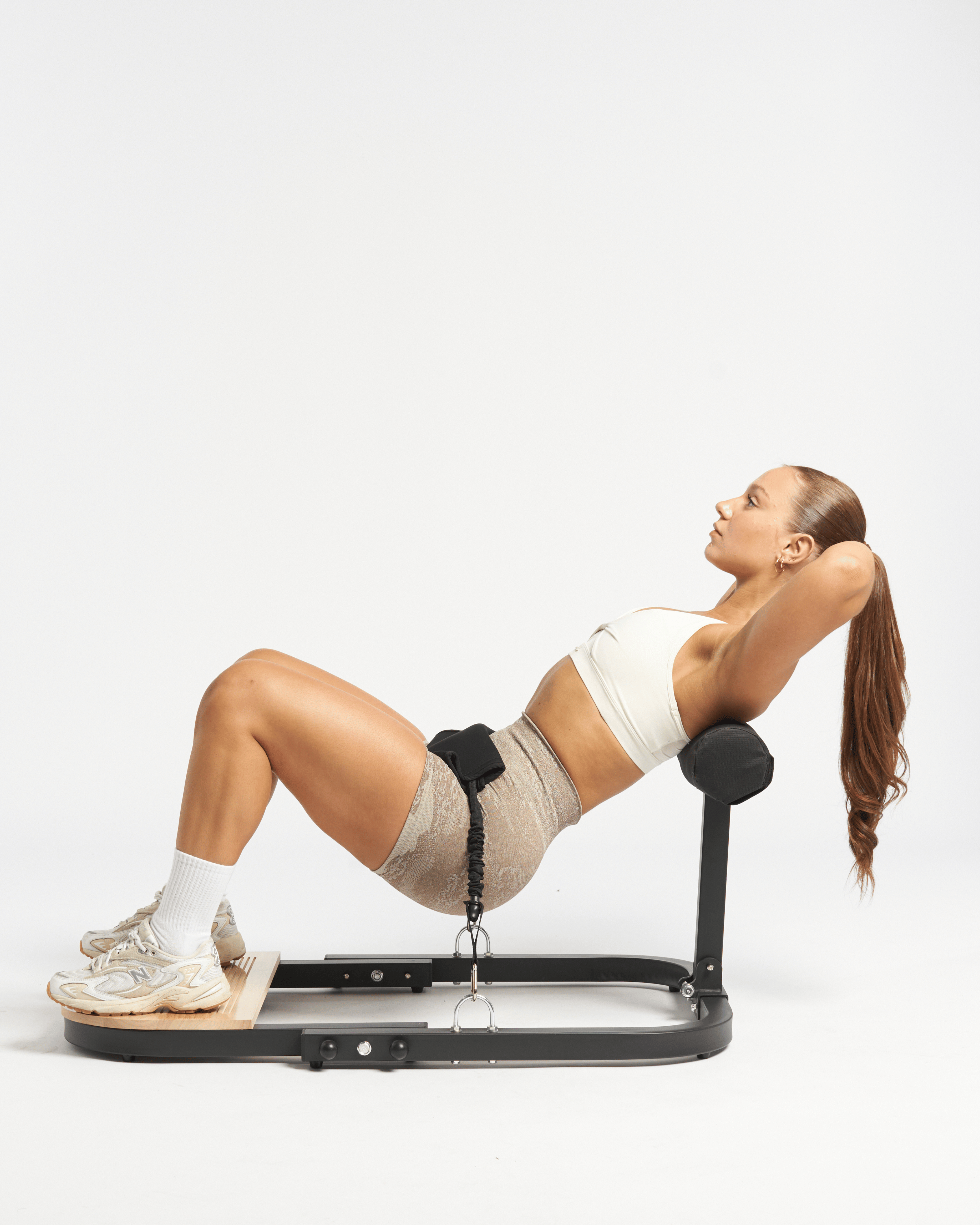
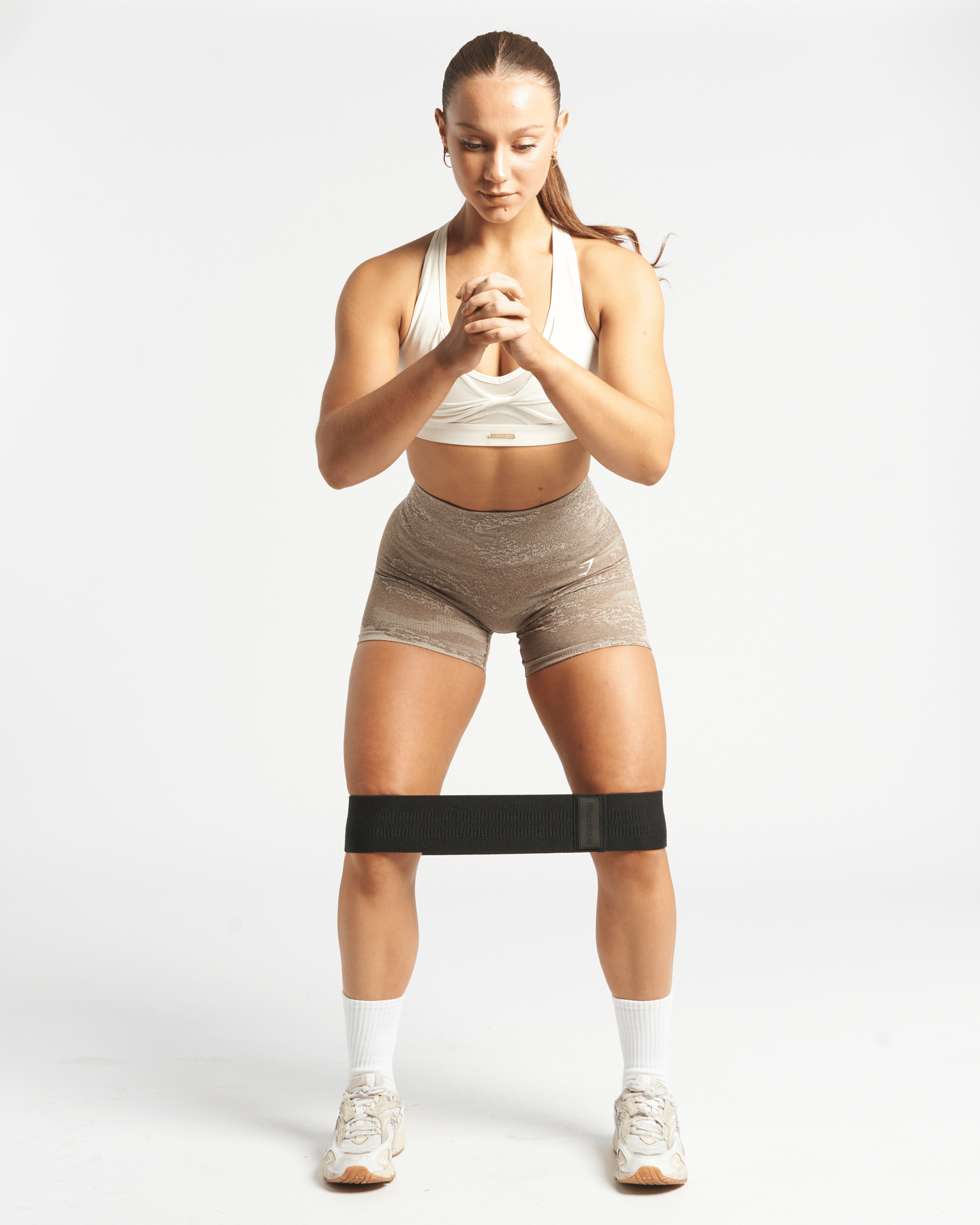
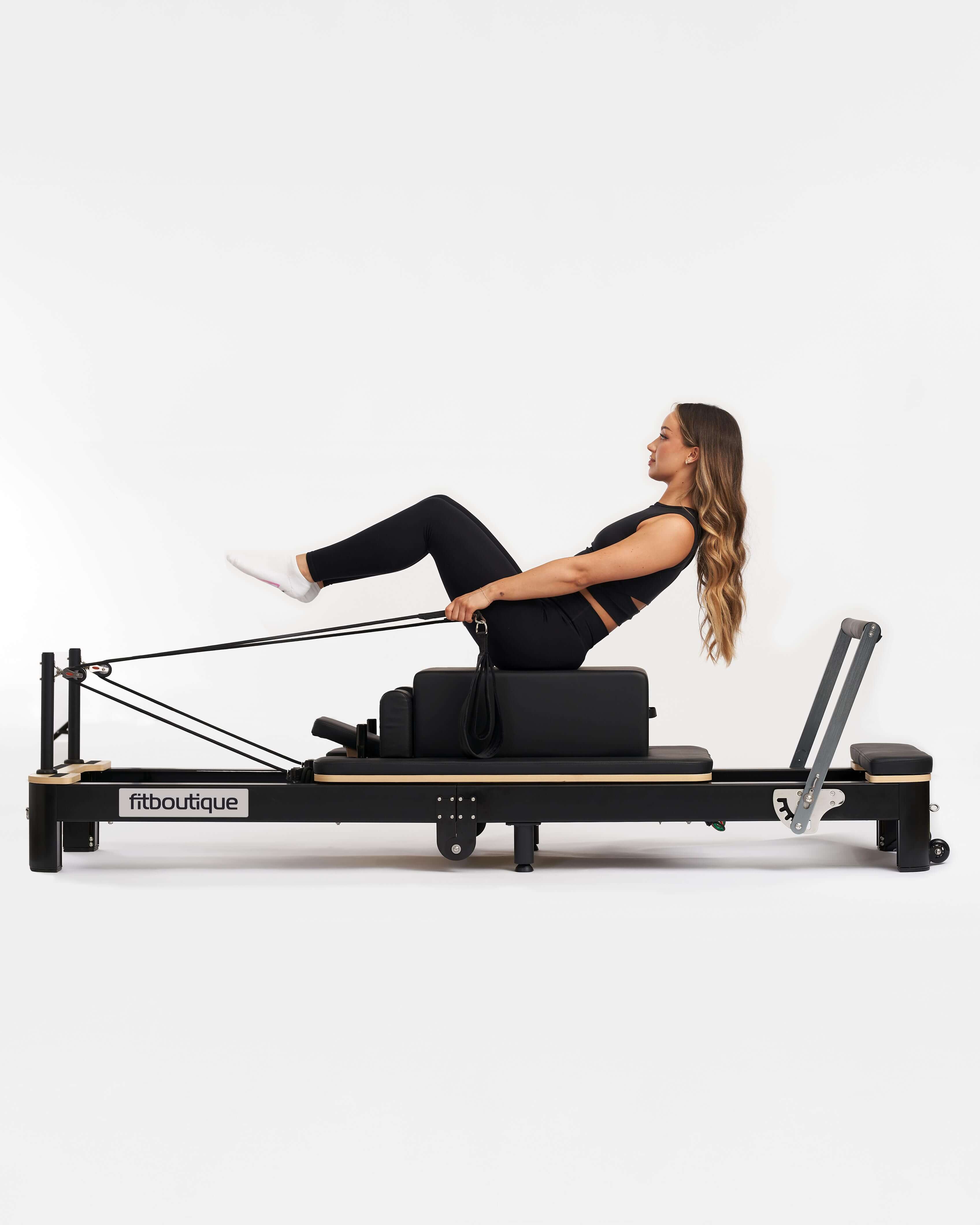
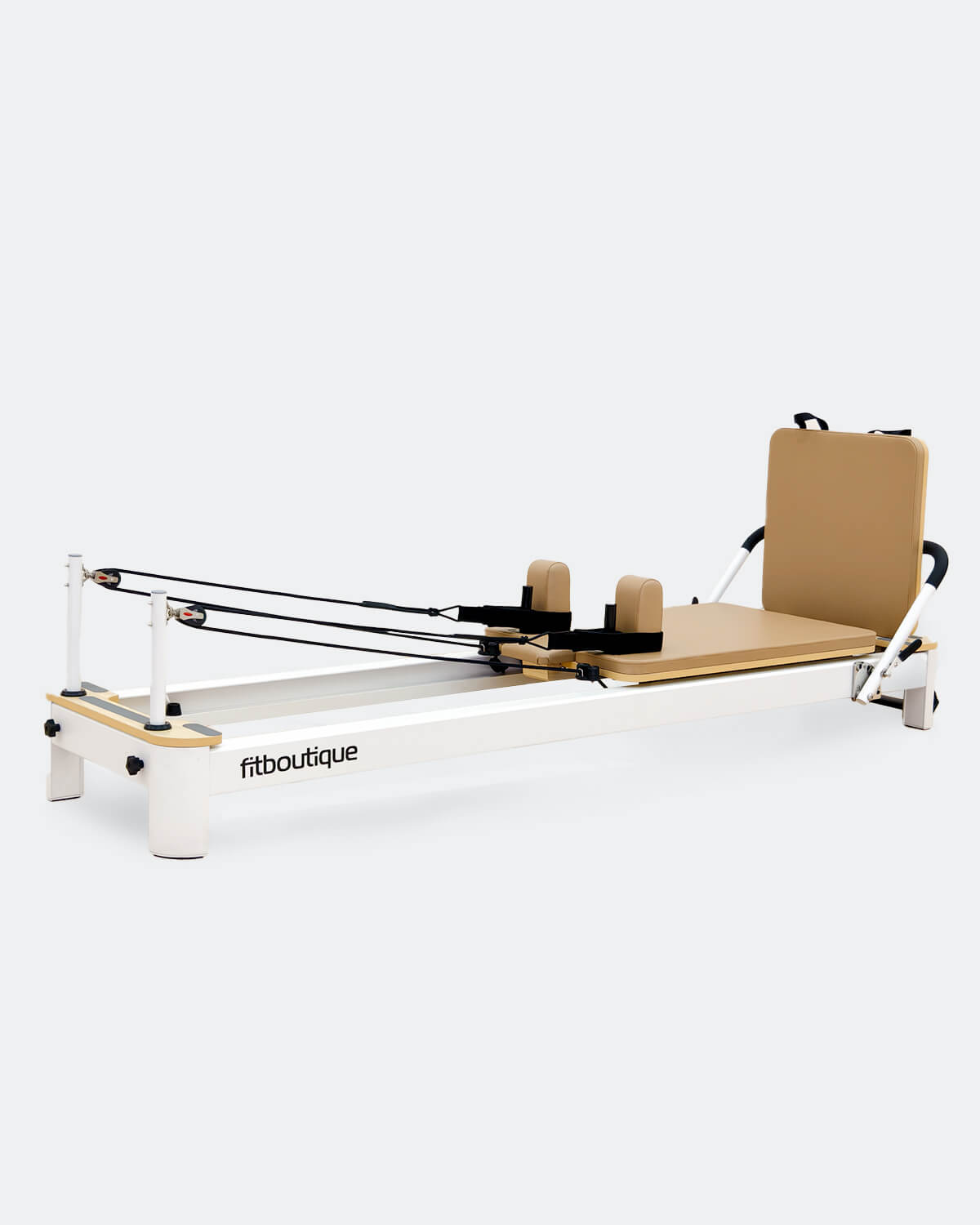


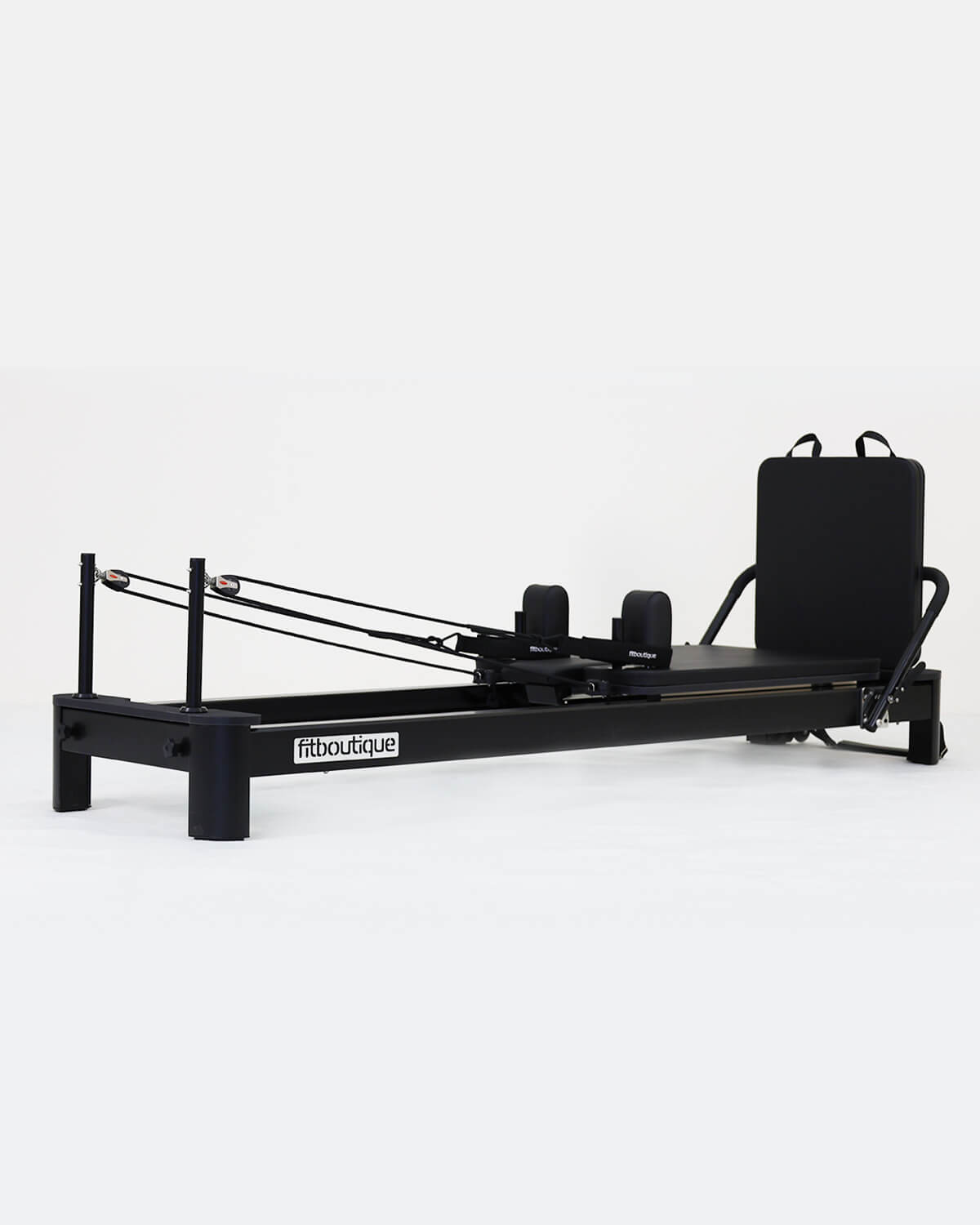
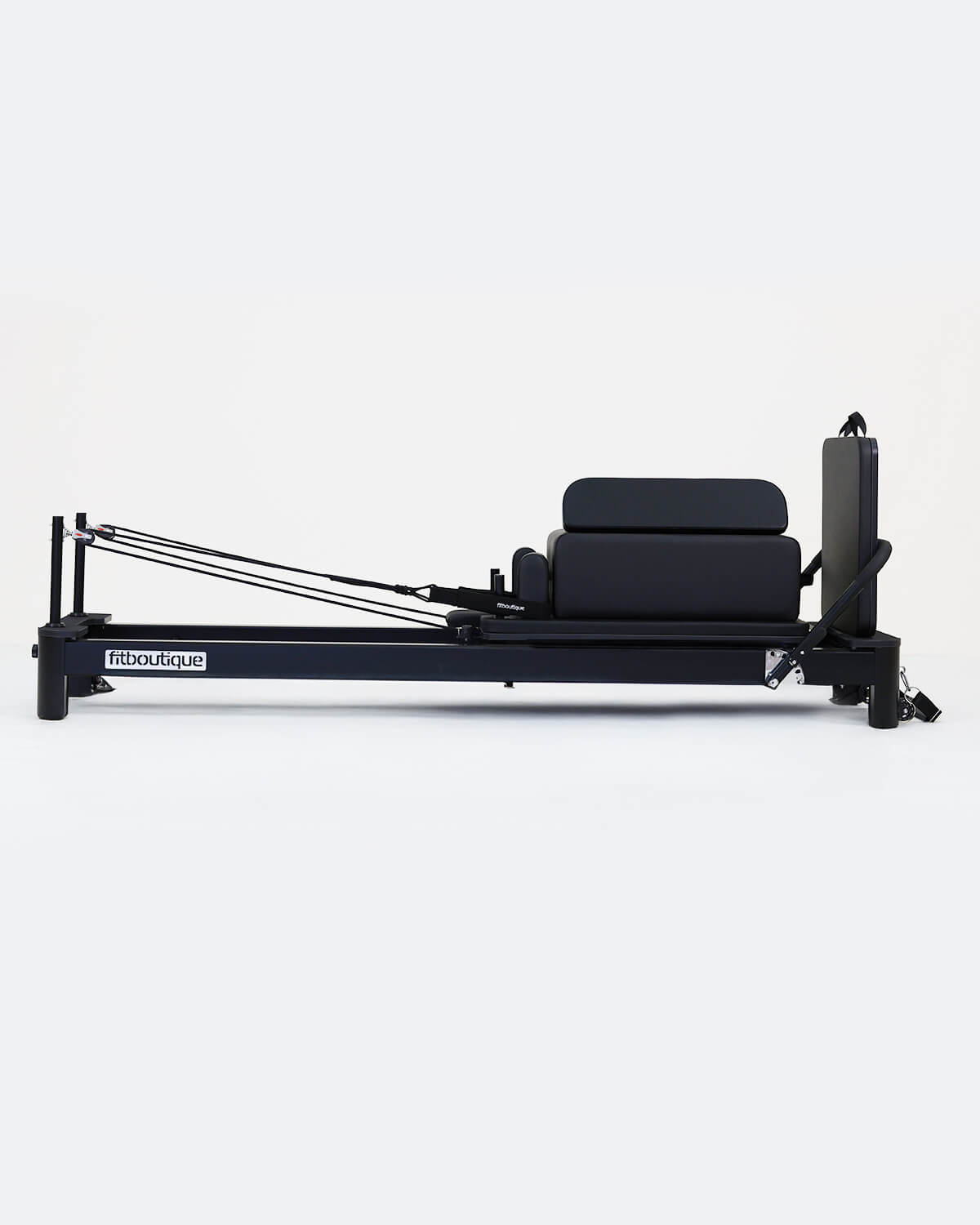
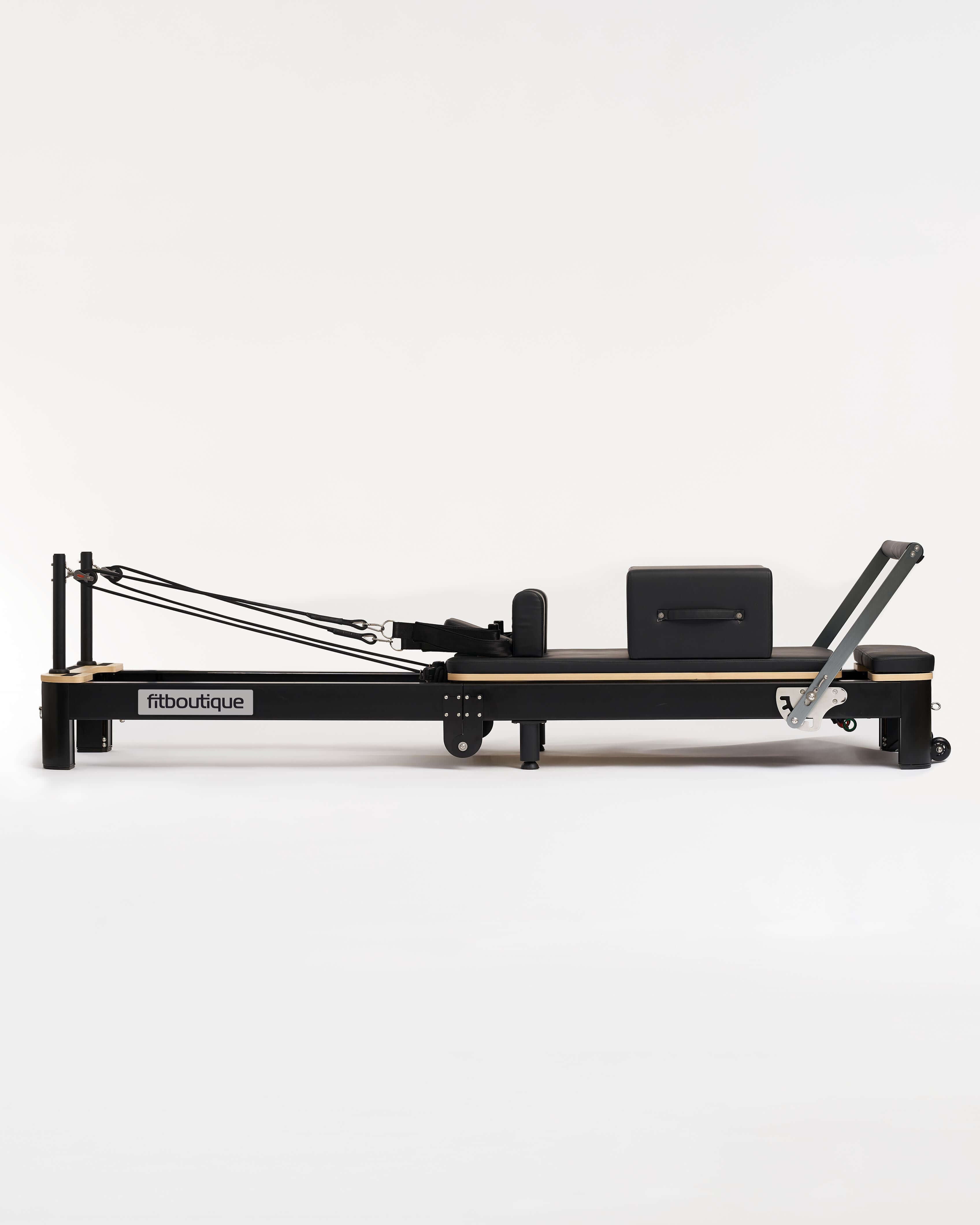
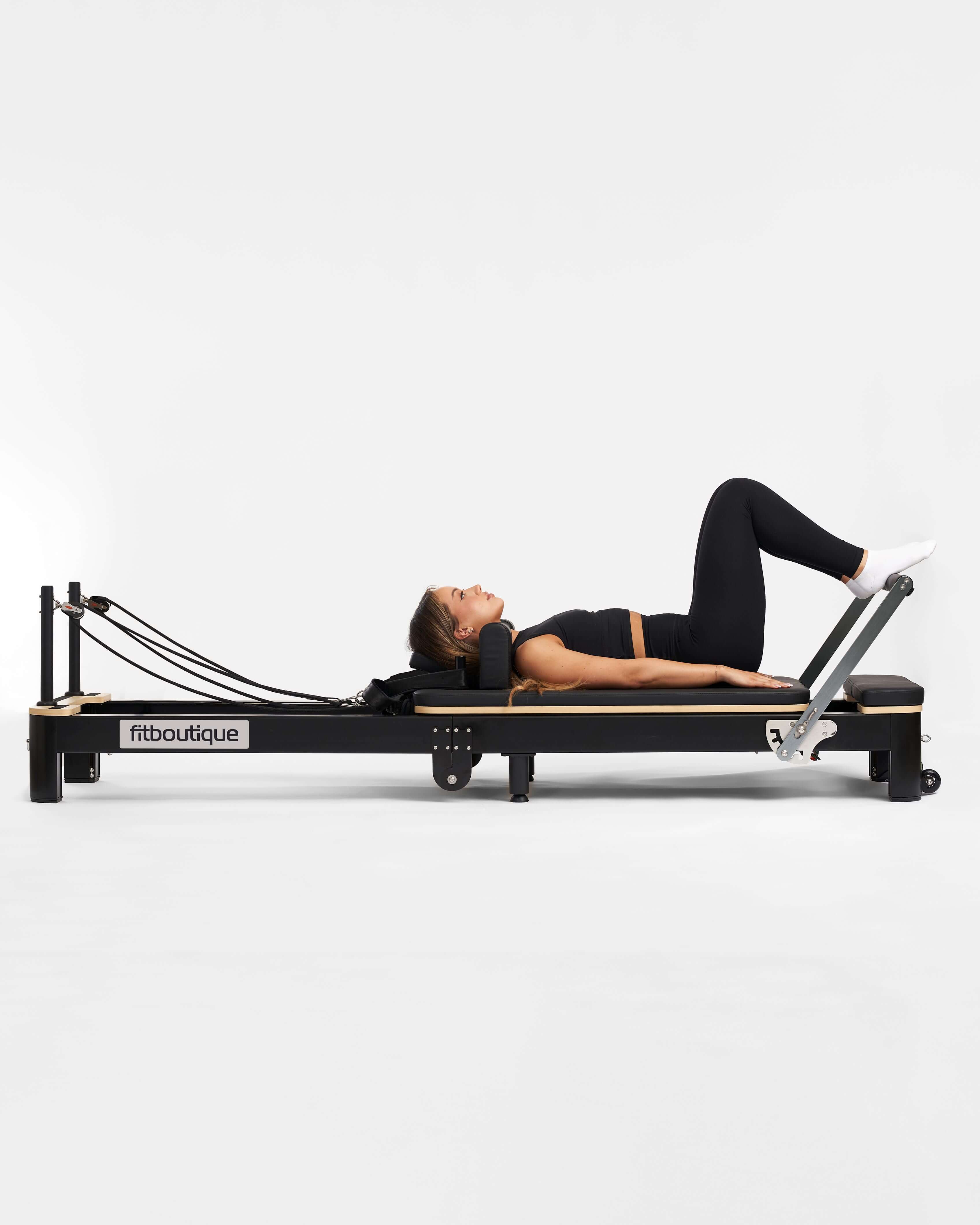



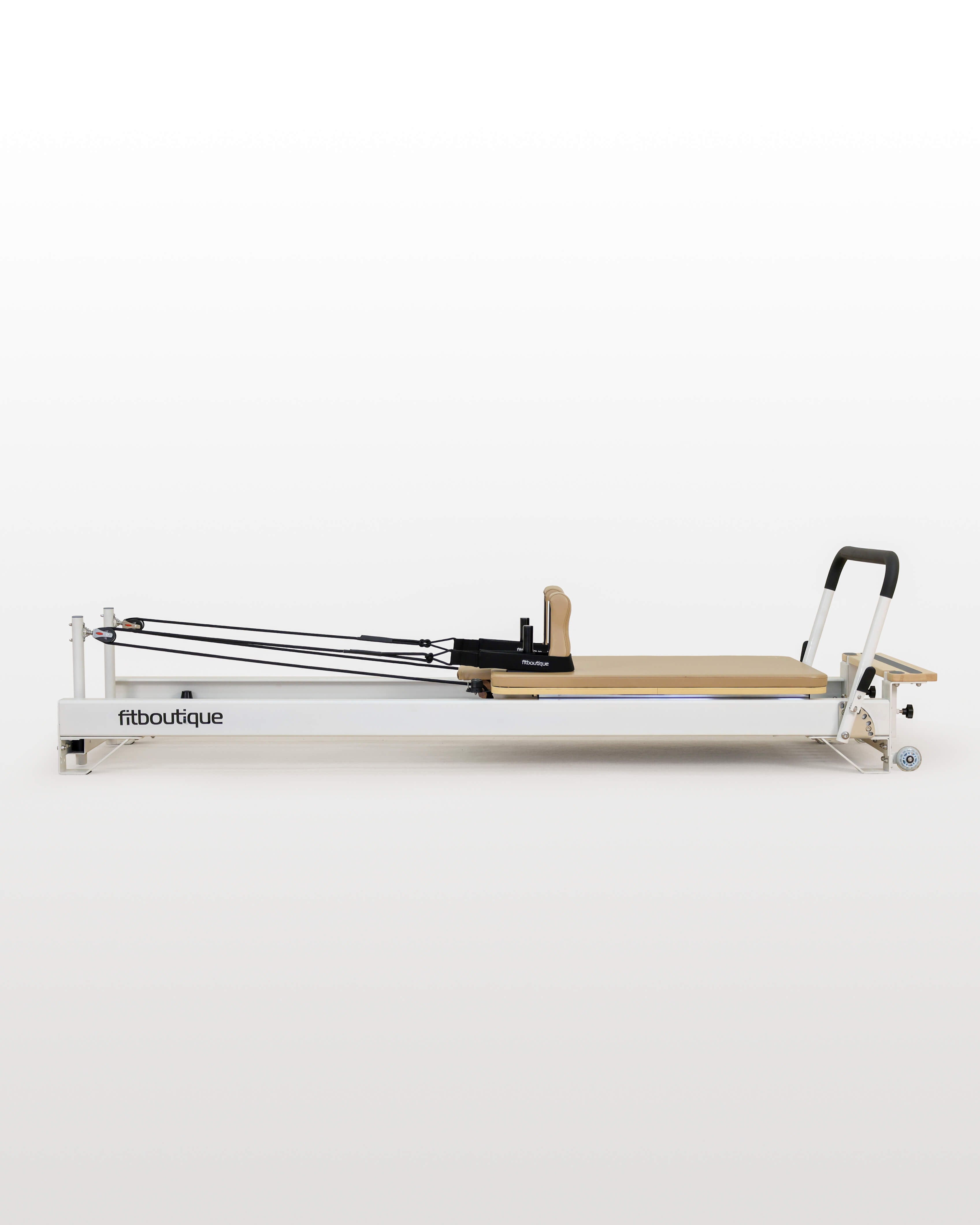
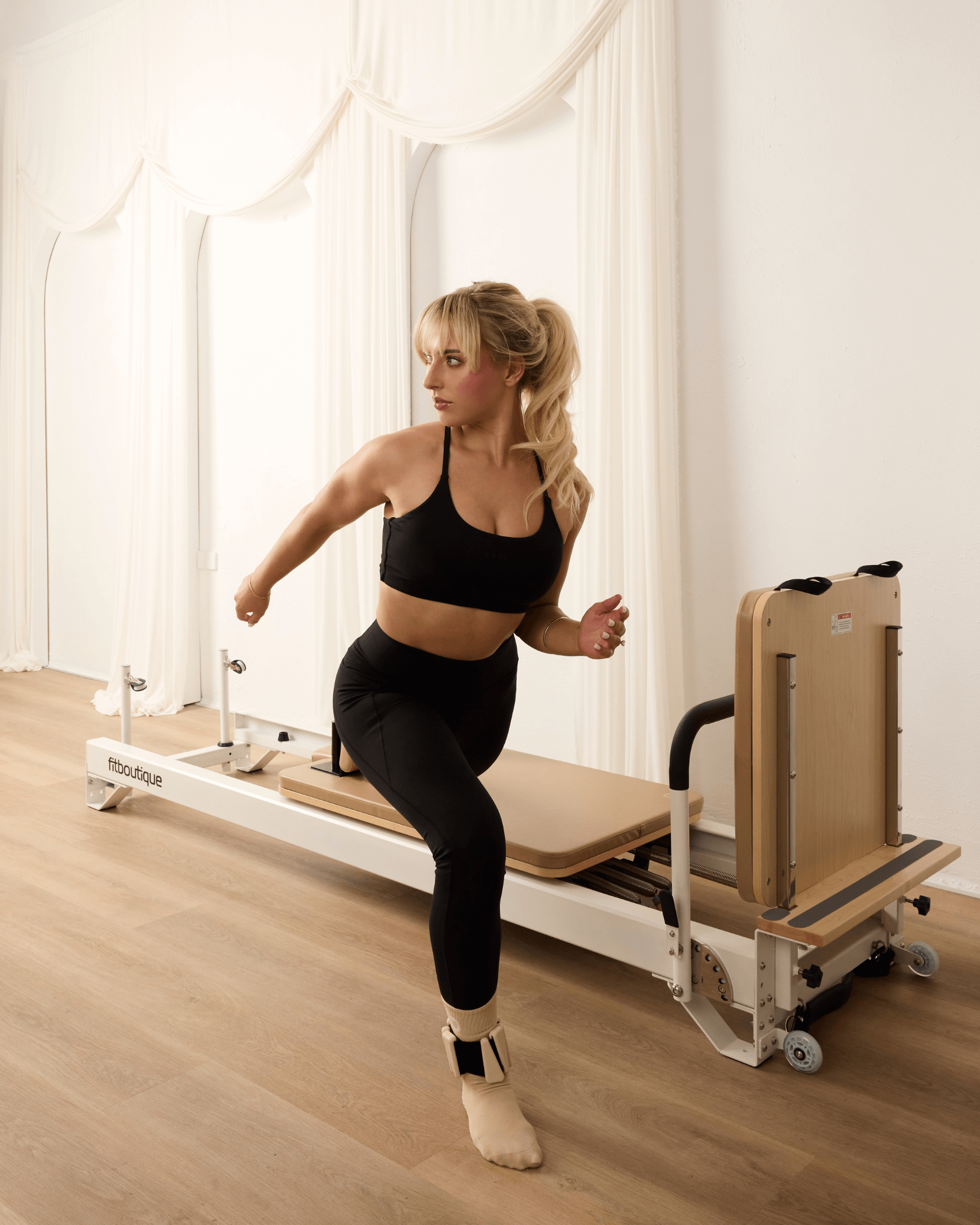

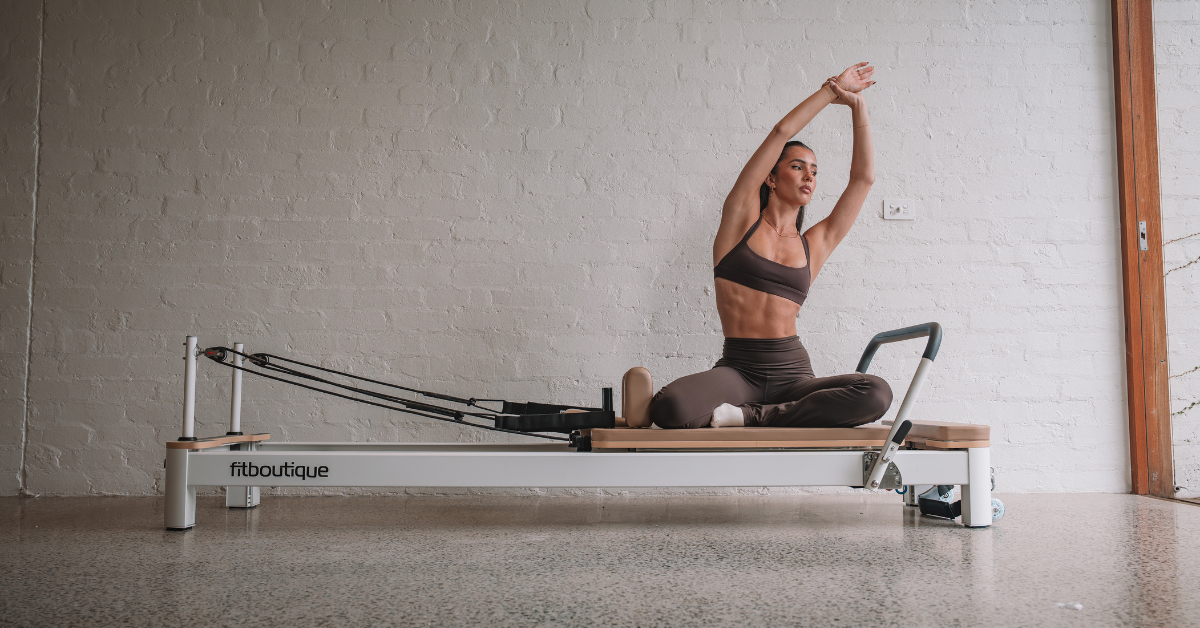
Leave a comment